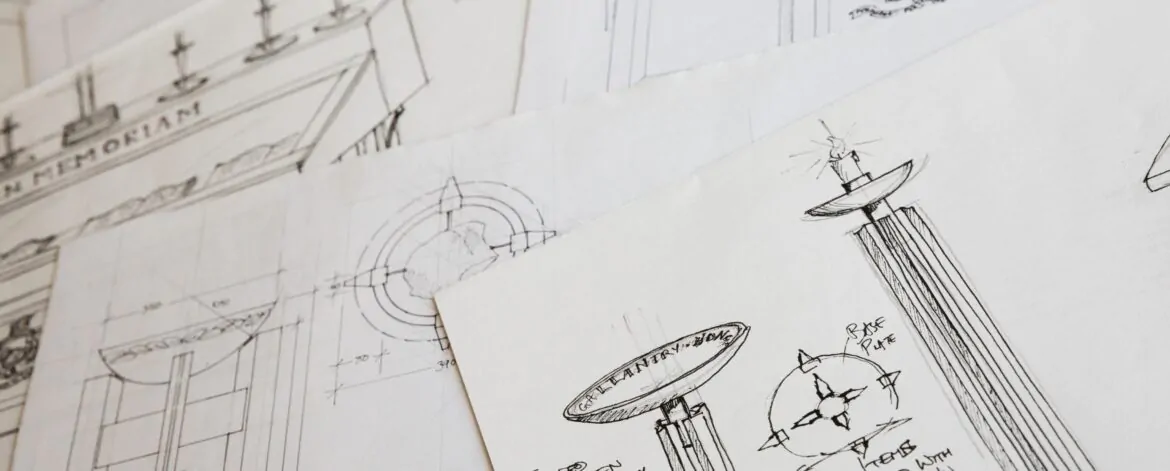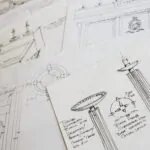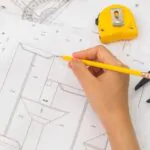In the intricate world of patent illustration, mastering the art of design patent drawing is a skill coveted by innovators and inventors alike. Design patents protect the ornamental appearance of a product, making accurate and detailed drawings crucial for successful patent applications. At The Patent Drawing Services, we understand the importance of impeccable design patent drawings, and we’re here to guide you through the process with our expert tips and insights. Join us as we unravel the secrets to mastering design patent drawing and unlocking the full potential of your innovative creations.
Understanding Design Patent Drawing
Before delving into the tips for mastering design patent drawing, let’s first understand its significance. Design patent drawings serve as visual representations of the unique and distinctive features of a product’s design. These drawings play a crucial role in the patent application process, providing clarity and precision to the examiner and ensuring that the scope of protection is accurately defined.
Expert Tips for Design Patent Drawing
- Focus on Clarity and Detail: Design patent drawings should clearly illustrate the unique features of the design with precision and clarity. Pay close attention to details such as lines, shading, and proportions to accurately represent the design’s aesthetic attributes.
- Use Multiple Views: To provide a comprehensive understanding of the design, consider including multiple views in your patent drawings. Front, rear, side, and perspective views can offer different perspectives and highlight various aspects of the design.
- Maintain Consistency: Consistency is key to creating professional-looking patent drawings. Ensure that the style, scale, and proportions remain consistent throughout the drawings to avoid confusion and maintain visual coherence.
- Emphasize Key Features: Identify the key features of the design and ensure that they are prominently featured in the drawings. Use shading, cross-hatching, or callout lines to highlight these features and make them stand out.
- Follow Patent Office Guidelines: Familiarize yourself with the specific guidelines and requirements of the patent office where you intend to file your application. Adhering to these guidelines will help ensure that your drawings meet the necessary standards for patentability.
- Seek Professional Assistance: Consider enlisting the services of a professional patent drawing service provider, such as The Patent Drawing Services, to create high-quality design patent drawings. Experienced draftsmen and illustrators can ensure accuracy, precision, and compliance with patent office standards.
Other Services Offered by The Patent Drawing Services
In addition to design patent drawing, The Patent Drawing Services offers a comprehensive range of patent illustration services, including:
- Utility Patent Drawing: Illustrations that depict the functional aspects of an invention, such as its structure, components, and operation.
- Trademark Drawing: Visual representations of trademarks and logos for trademark registration applications. These drawings help establish the distinctiveness and uniqueness of a brand’s identity.
Conclusion
Mastering the art of design patent drawing requires attention to detail, precision, and a keen understanding of patent office requirements. By following expert tips and leveraging the services of experienced professionals, you can create design patent drawings that accurately represent your innovative designs and enhance the success of your patent applications. At The Patent Drawing Services, we’re dedicated to helping inventors and innovators bring their ideas to life through impeccable patent illustrations. Contact us today to learn more about our services and how we can assist you in protecting your intellectual property.







